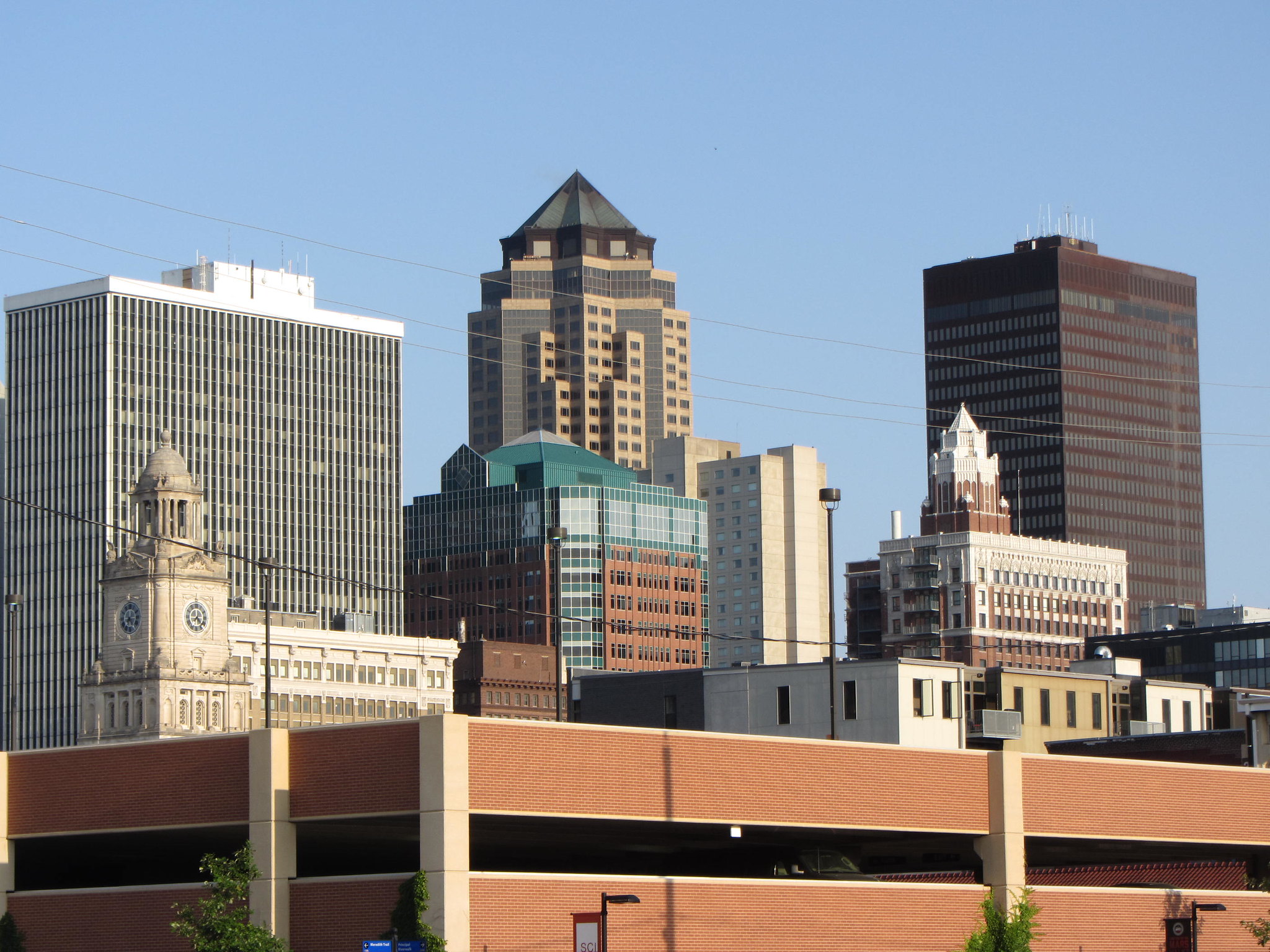Iowa's capital is saying no thanks to 21st-century living — from a transit, sustainability and even multi-cultural perspective.
Cities in other parts of the country are changing zoning codes to encourage greater housing density to create better access to transit and more opportunities for the working class, but Des Moines is running in the opposite direction by mandating the construction of larger homes in a way that will enable more sprawl.
The city is updating its zoning laws for the first time since 1965 to require new homes to be built on lots bigger than 7,500 square feet — and include a garage large enough for at least one car!
The city's Planning and Zoning Commission unanimously approved the new codes, despite warnings from housing advocates that the homes would be unaffordable for most residents. Larger homes are also less efficient.
“It’ll be a tidal wave that’ll swamp many boats, especially Des Moines residents who are making less than $90,000 per year,” said Lance Henning, executive director of the Greater Des Moines Habitat for Humanity at the zoning hearing last week.
Whatever the size, Des Moines does need to build more housing.
With a population of 216,853 and an unemployment rate falling to a low of 2.3 percent in May down from a peak of 6.1 percent a decade ago, Des Moines is primed to grow. The city estimates it will add 150,954 jobs over the next two decades, yet over a third of new job seekers would have nowhere to live, according to a Capital Crossroads study released. Meanwhile, 58,000 Iowans who currently work in the city can't afford to live in their current homes, the study said.
The solution is obvious: smaller homes clustered closer together or more apartment complexes in neighborhoods near Des Moines's downtown and close to transit. Yet density and transit do not appear to be a part of Des Moines's future plans.
The city's Planning Administrator Michael Ludwig argued that zoning proposals were drawn to streamline the permitting process for builders and spur the development of new homes whose taxes would fund city services. Since Des Moines is home to so many state government buildings, about 40 percent of property in the city is tax exempt.
But by mandating larger homes — and by specifically requiring costly building materials to maintain the "character of neighborhoods" — the new zoning codes will likely increase the price of new single-family homes above $300,000, more than double the median home price of the city and putting homeownership out of reach for anyone earning under $100,000.
And therein lies the issue that's at the heart of the Des Moines zoning change.
The city is changing, with a surging Latinx population. CityLab honed in on the unspoken ramifications of the new codes:
Of course, the proposed zoning code doesn’t mention race, immigration, or demographic changes. ... In Iowa, Latinos and Latinas are more likely to be renters, experience a higher rate of poverty, and earn lower median incomes. Developers looking to build the kinds of homes these Iowans want might build cheaper first-time starter homes or multi-family rental apartments. Zoning codes that proscribe these home types in favor of larger and more expensive homes would prove to be an effective means of keeping these residents out.
The zoning change would also encourage sprawl, as new construction would likely occur on the fringes of the city where space is more available.
That would be beyond the bounds of the Des Moines Area Regional Transit Authority's bus system which serves only an average of 13,900 people per day, half as much as Ames's transit system, a city a third of its size.
Iowans will have an opportunity to share their feedback about the zoning proposal at public hearings in September. Perhaps they'll raise concerns about the city services that could be improved for existing residents, rather than new homes for future ones.






